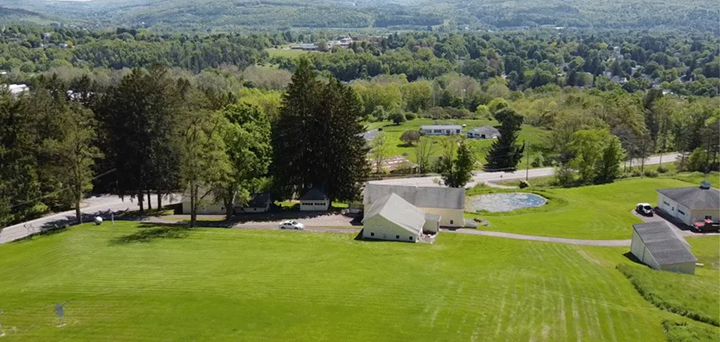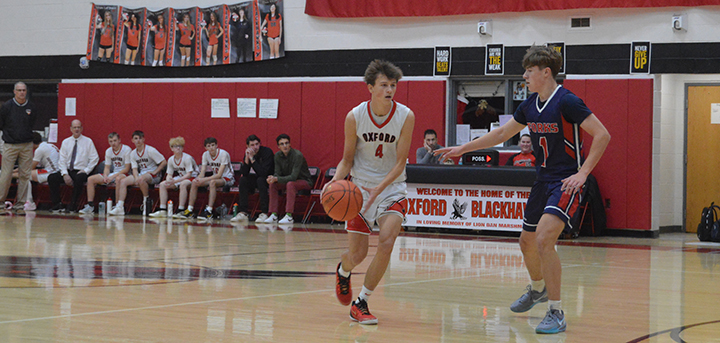Dealing with the ‘dog days’ of midsummer
”Only mad dogs and Englishmen go out in the midday sun,” wrote Noel Coward. Well, try telling that to our military forces serving in the Middle East right now. Perhaps those living in the extreme-heat Sunbelt or Mexico practice siesta time, but our summers are often too short for those of us who enjoy being outdoors to spend the midday hours in air-conditioned comfort indoors or reclining in a hammock under a shade tree.
Considering the summer of 2009 was the 34th coolest on record, with more than 2,000 nationwide record lows recorded, this year is seeing it running substantially warmer – July 2010’s mean temperature was 70.1 degrees, compared to a normal 67.4 – and accompanied by higher humidity. But to “waste” what can be some beautiful summertime days to enjoy the outdoors is hard for many of us to do, so we adjust, adopt some hot weather procedures, and persevere knowing autumn and eventually winter aren’t all that far away.










Comments